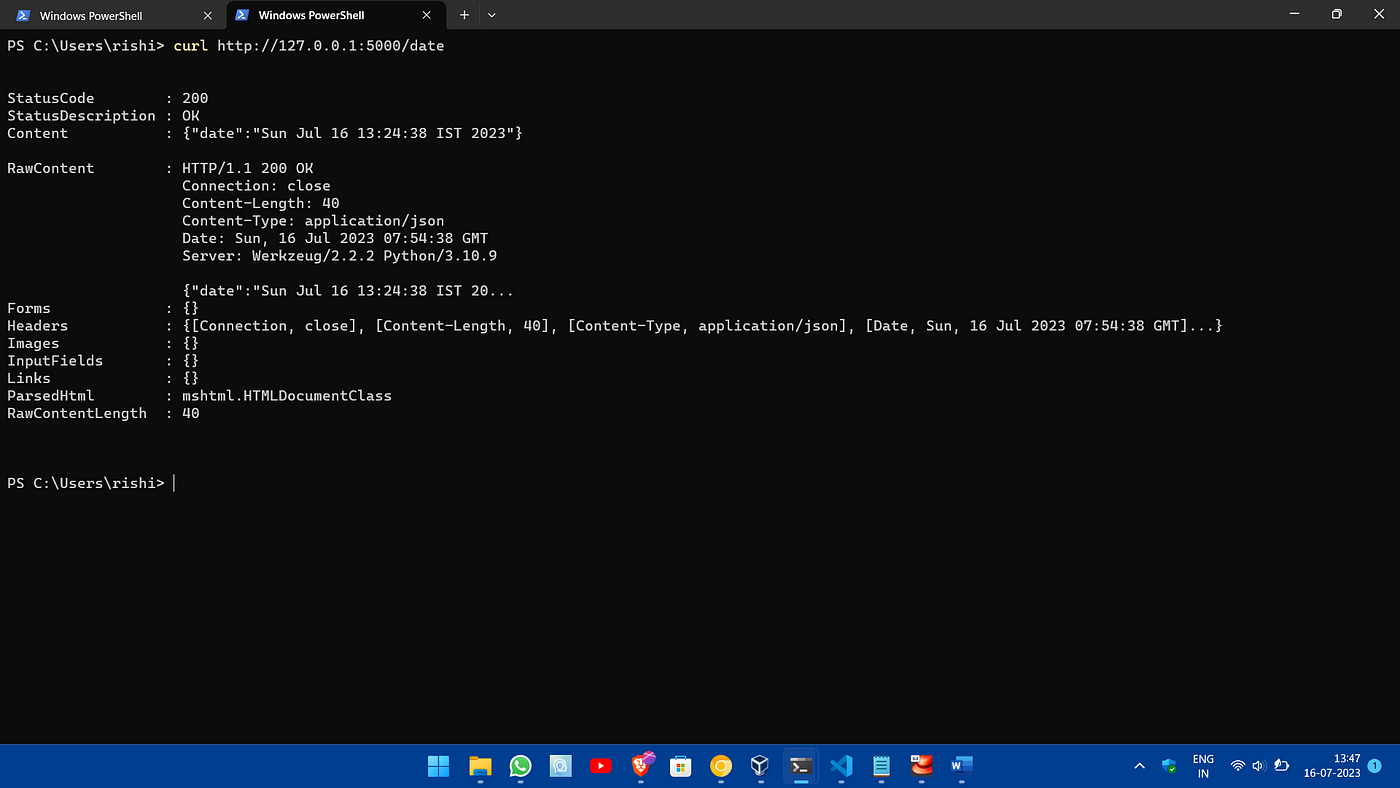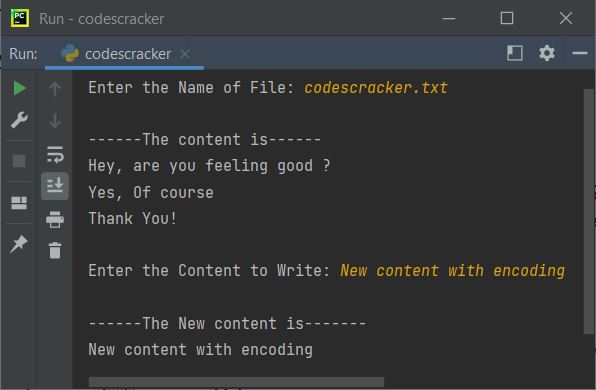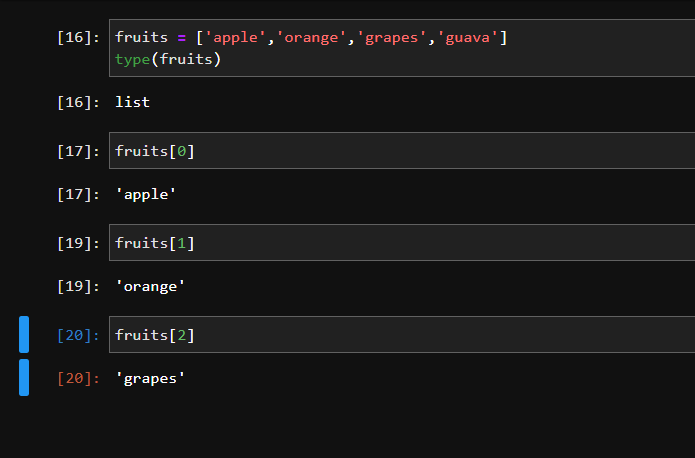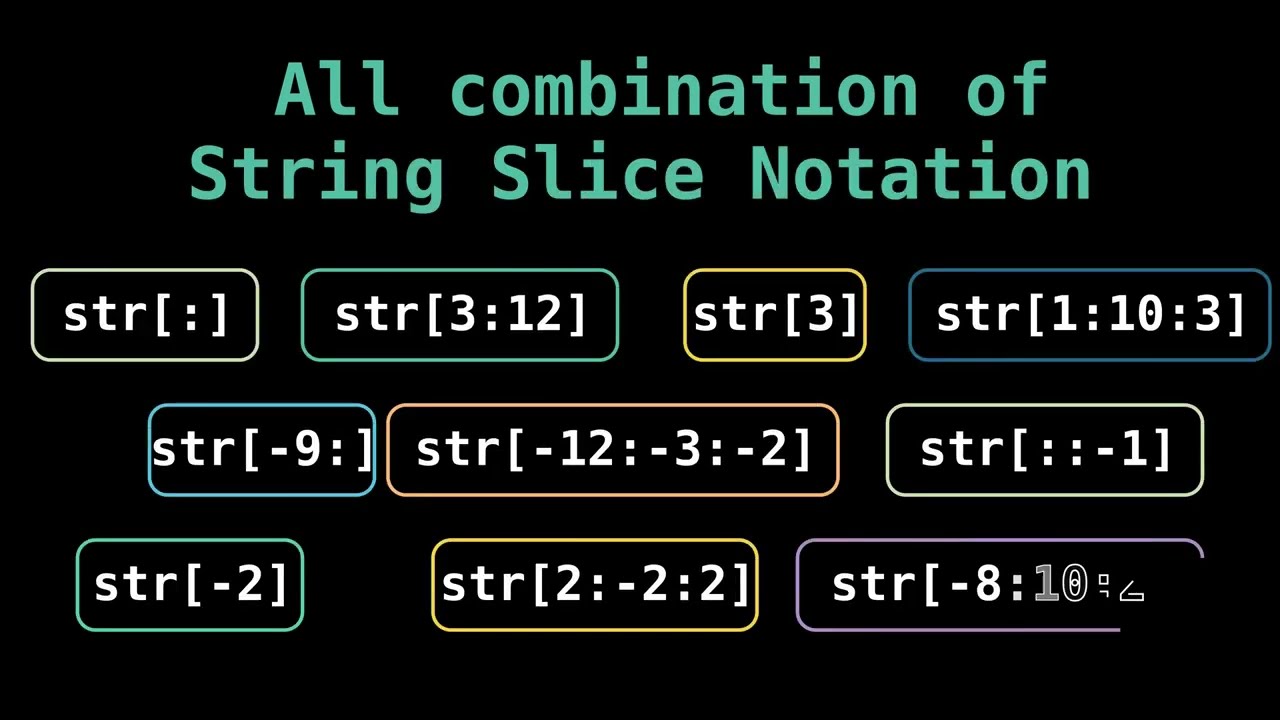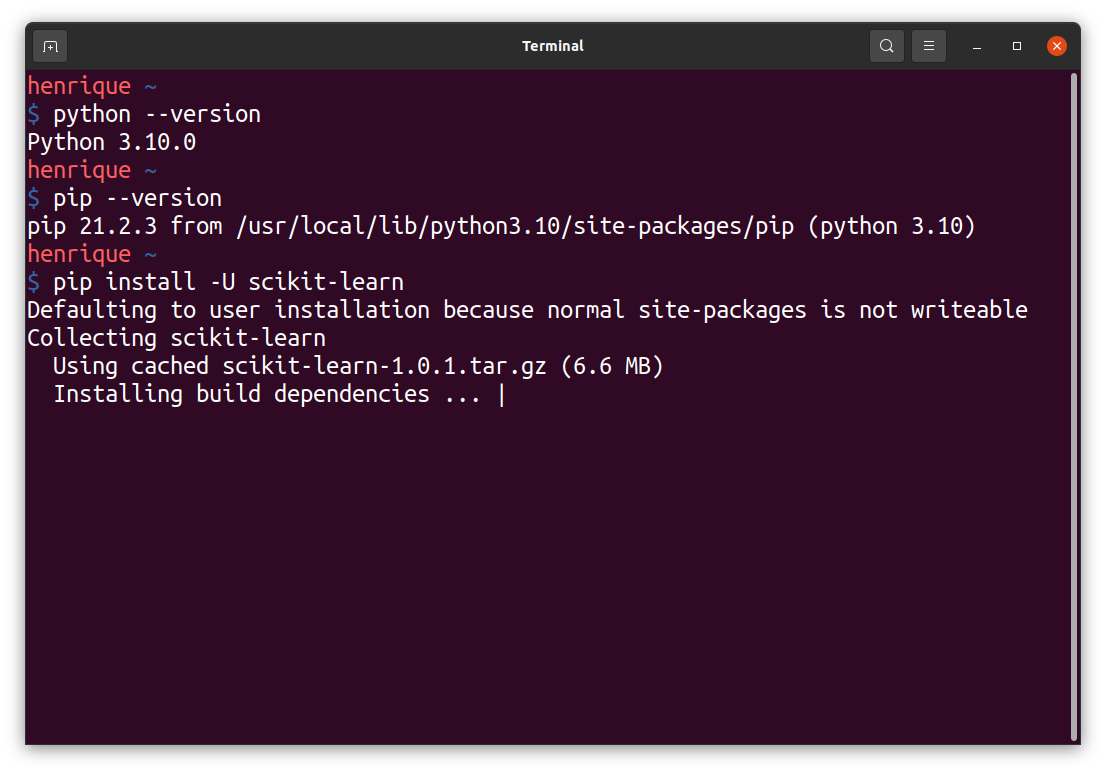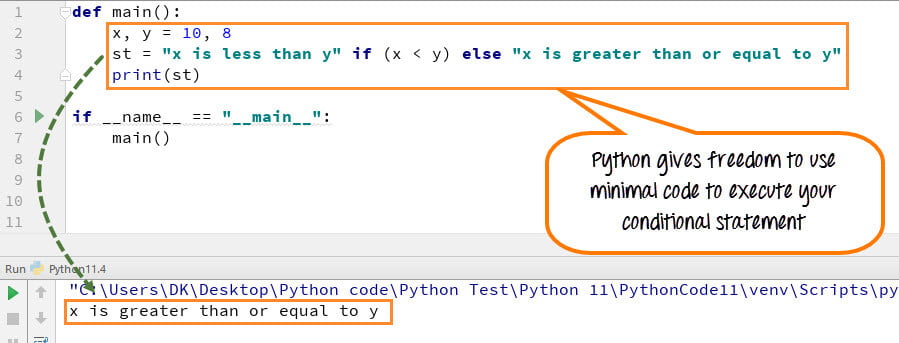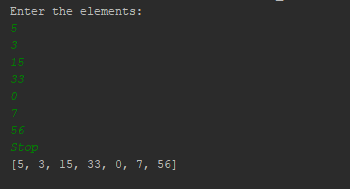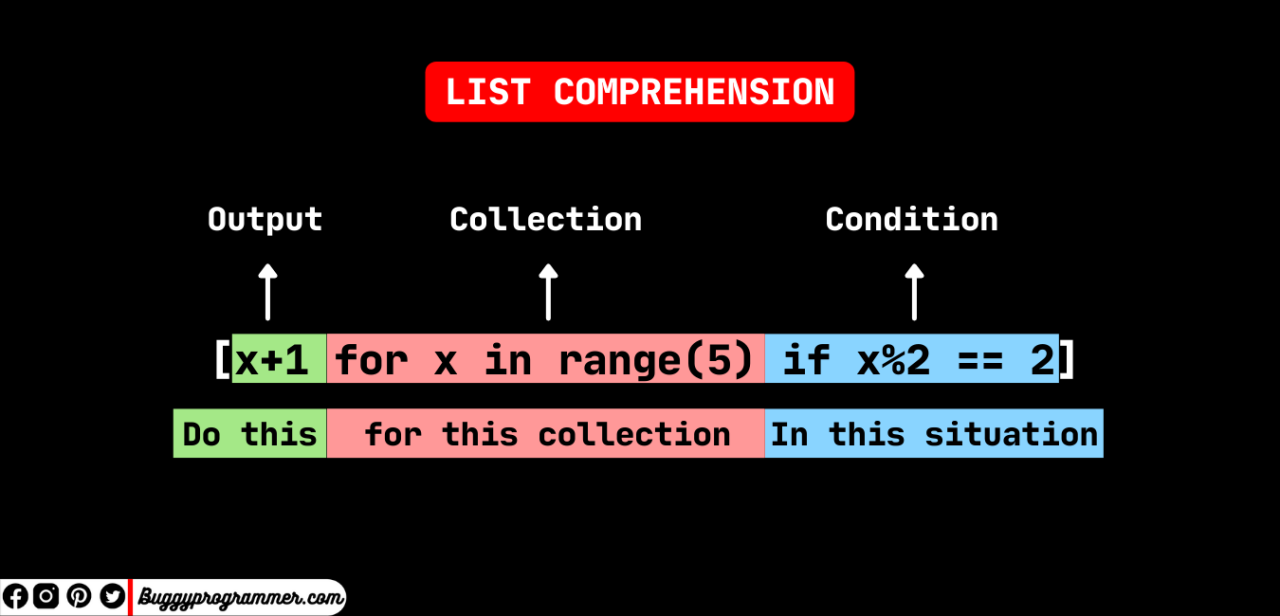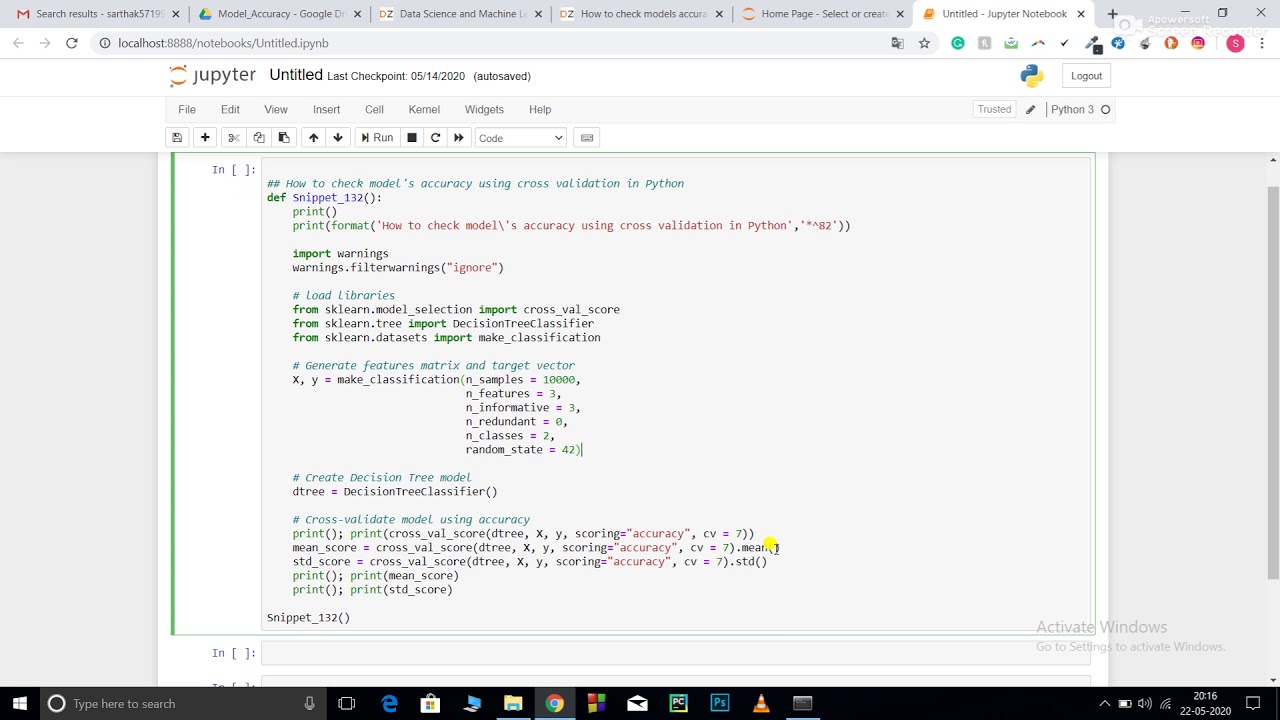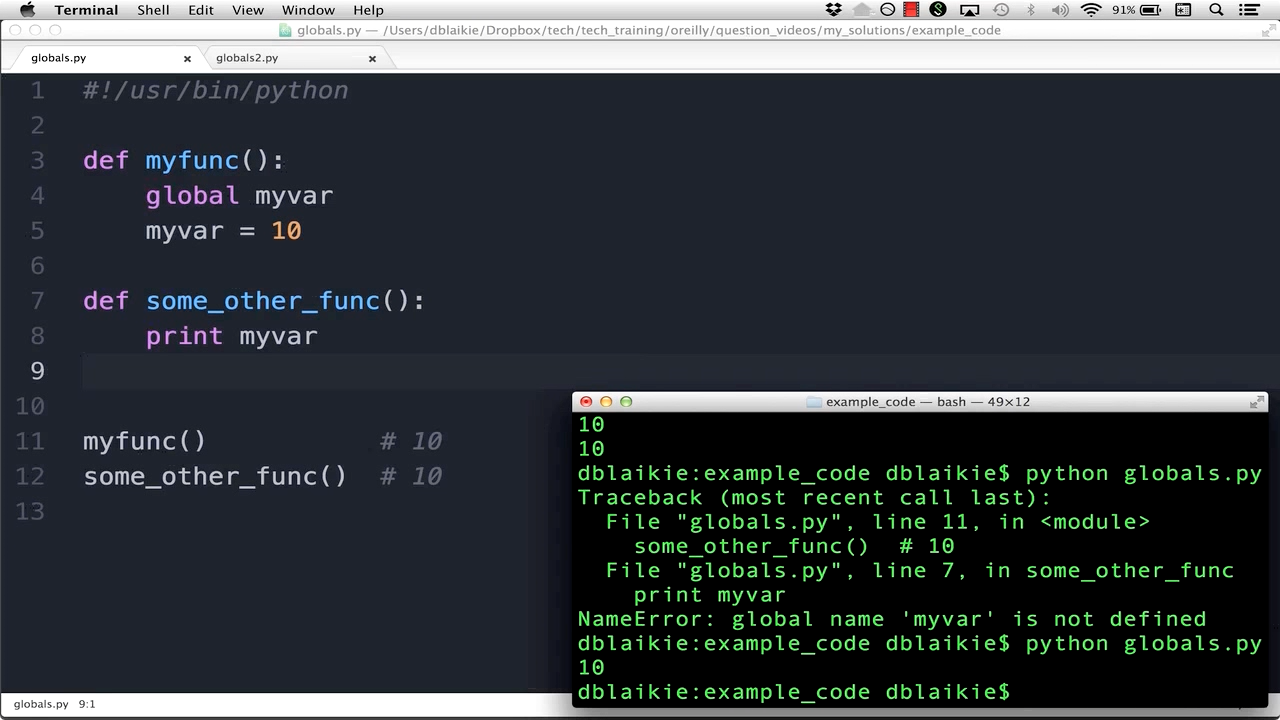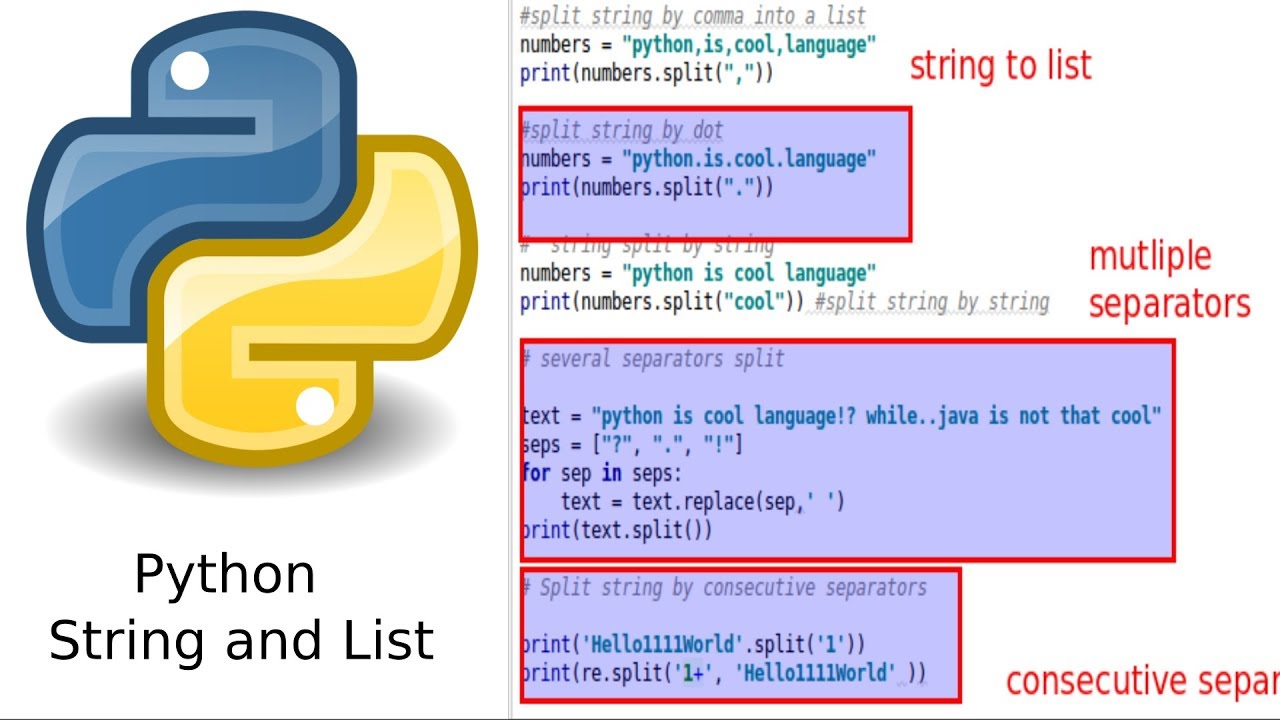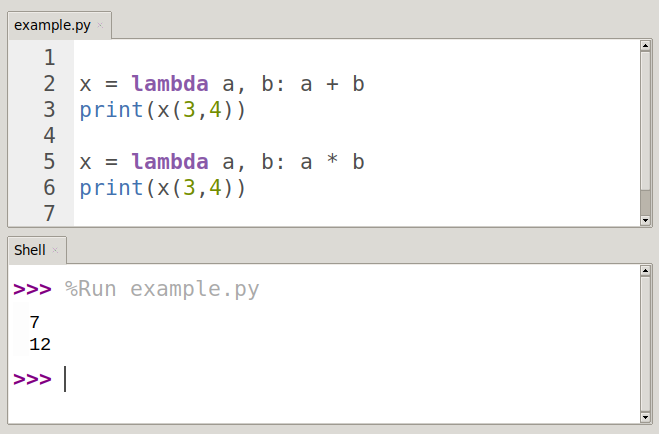What is lock class in Python?
What is lock class in Python?
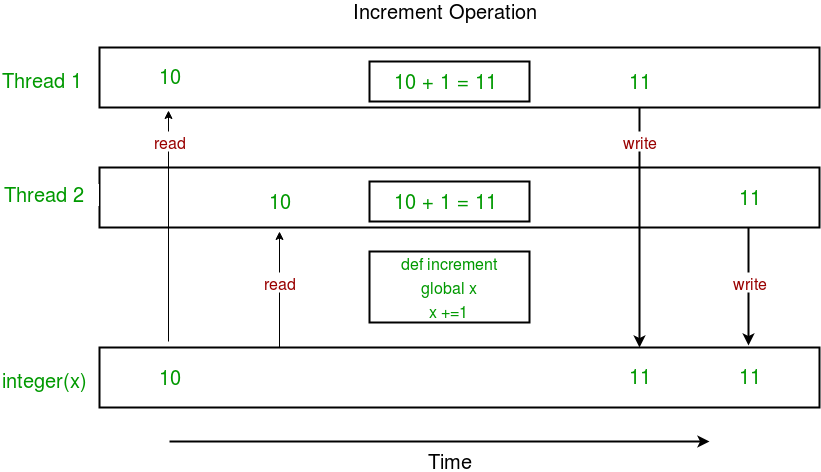
In Python, a "lock" class refers to a mechanism used to synchronize access to shared resources in multi-threaded or multi-process programs. A lock ensures that only one thread or process can access the resource at a given time, preventing conflicts and ensuring data integrity.
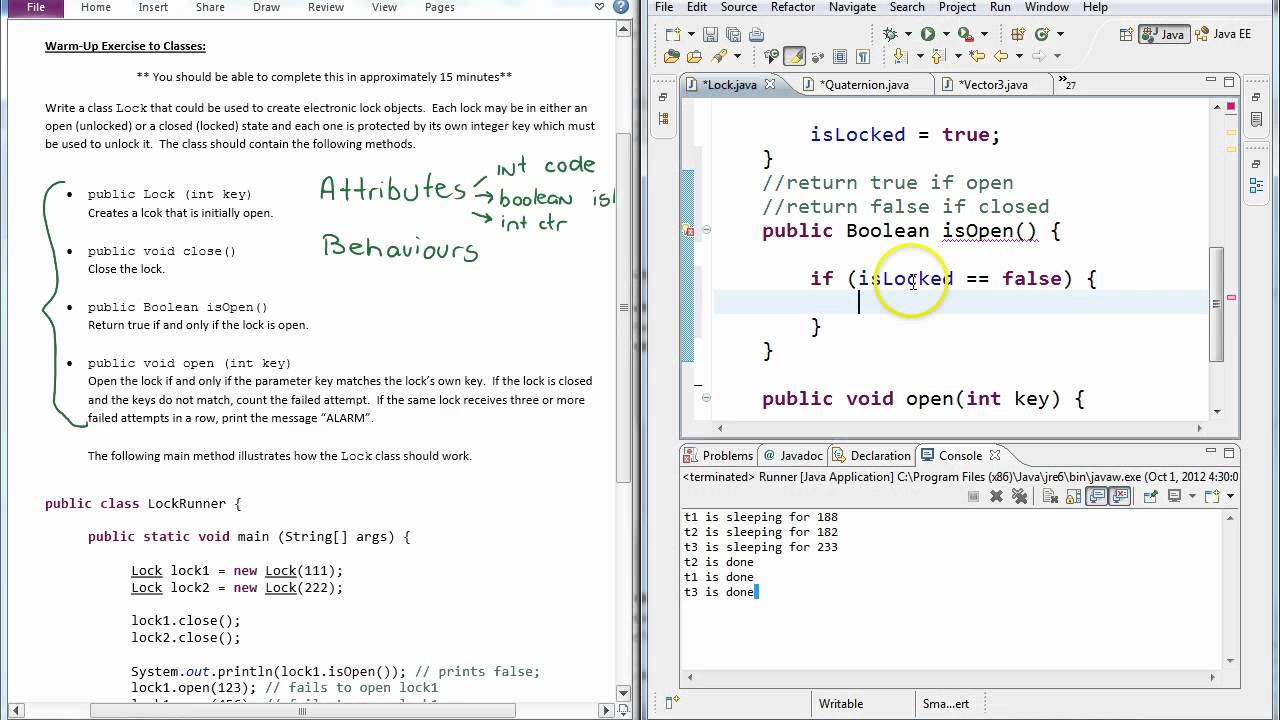
Python provides two primary lock mechanisms: threading.Lock() and locks.RLock(). The key differences between these two lies in their behavior when used with recursive locks.
threading.Lock(): A basic locking mechanism that allows only one thread to access a resource at a time. This lock is suitable for most use cases where a single thread needs to access a shared resource.
Example:
import threading
lock = threading.Lock()
def worker():
with lock:
Access shared resource here
print("Accessing shared resource")
threads = []
for _ in range(5):
t = threading.Thread(target=worker)
threads.append(t)
t.start()
for thread in threads:
thread.join()
locks.RLock(): A recursive lock that allows a single thread to acquire the lock multiple times, but only once for each level of recursion.
Example (recursive lock usage):
import threading
lock = threading.RLock()
def worker(n):
with lock:
print(f"Level {n}")
if n < 3:
worker(n + 1)
threads = []
for _ in range(5):
t = threading.Thread(target=worker, args=(1,))
threads.append(t)
t.start()
for thread in threads:
thread.join()
In this example, the recursive lock allows the thread to re-enter the locked region multiple times until the recursion ends.
Python's lock mechanism provides a way to coordinate access to shared resources among threads and processes. By using locks correctly, you can ensure that your programs remain correct, efficient, and easy to reason about.
Remember: Use threading.Lock() for most cases where a single thread needs to access a shared resource. For more complex scenarios involving recursive locking or nested locking, consider using locks.RLock(). Always carefully design and use locks to avoid deadlocks, starvation, and other synchronization-related issues.
Python threading lock with
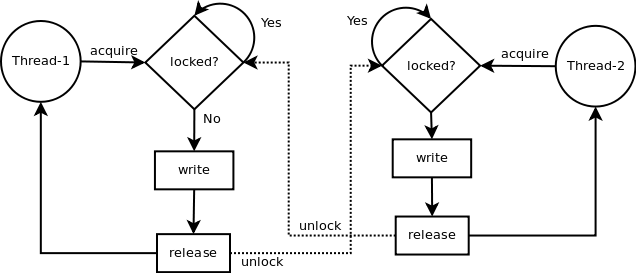
I'd be happy to explain Python threading and locks!
In Python, the threading module is used for creating and managing threads (lightweight processes). Threads are useful when you have a program that needs to perform multiple tasks simultaneously, such as processing data from multiple sources or handling user inputs.
What are locks?
In multi-threaded programming, locks are used to synchronize access to shared resources among multiple threads. A lock is like a virtual "door" that can be either open (unlocked) or closed (locked). When a thread tries to acquire an unlocked lock, it can enter the locked resource. However, when a thread tries to acquire a locked lock, it will have to wait until the lock is released by another thread.
Why do we need locks?
In Python, when multiple threads access shared resources simultaneously without using locks, they may overwrite each other's changes or cause unexpected results. For example, consider two threads that try to increment a shared variable counter. Without locks, both threads might read the initial value of counter (e.g., 0), increment it to 1, and then update the shared memory with their respective values. The resulting value would be either 1 or 2, but not what we expected!
What types of locks are available in Python?
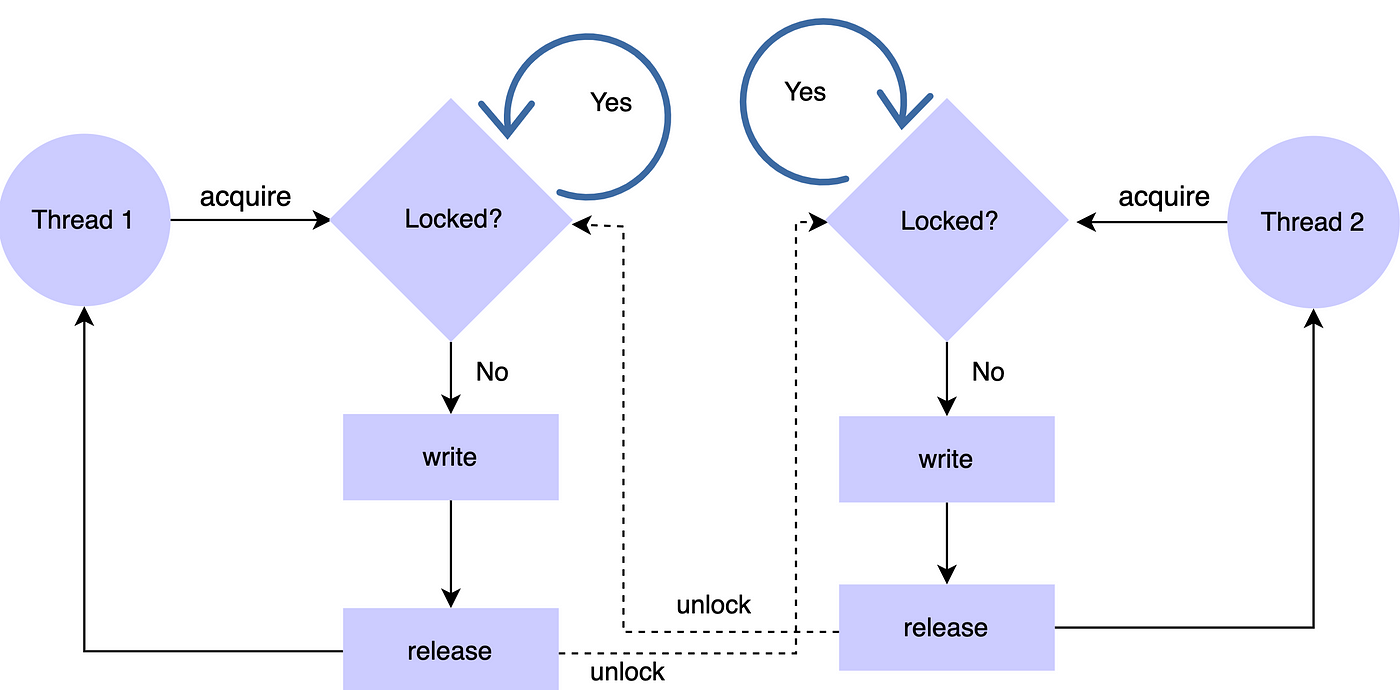
The threading module provides several lock classes:
How do we use locks in Python?
Here's an example using a Lock:
import threading
counter = 0
lock = threading.Lock()
def increment_counter():
with lock:
global counter
counter += 1
threads = []
for _ in range(10):
t = threading.Thread(target=increment_counter)
threads.append(t)
t.start()
for t in threads:
t.join()
print(counter) # expected output: 10
In this example, the Lock is acquired using a context manager (with lock:), which ensures that the lock is released when the block of code is completed. This ensures thread safety and prevents deadlocks.
Best practices for using locks in Python
Use the simplest lock possible: Choose the most suitable lock type based on your specific use case. Acquire and release locks carefully: Use context managers to ensure that locks are released when no longer needed. Avoid nested locks: Instead, use reentrant locks (RLocks) to avoid deadlocks. Test your code thoroughly: Verify that your lock-based code works correctly under various thread concurrency scenarios.By following these best practices and using the right type of lock in Python, you can create robust and reliable multi-threaded programs.
